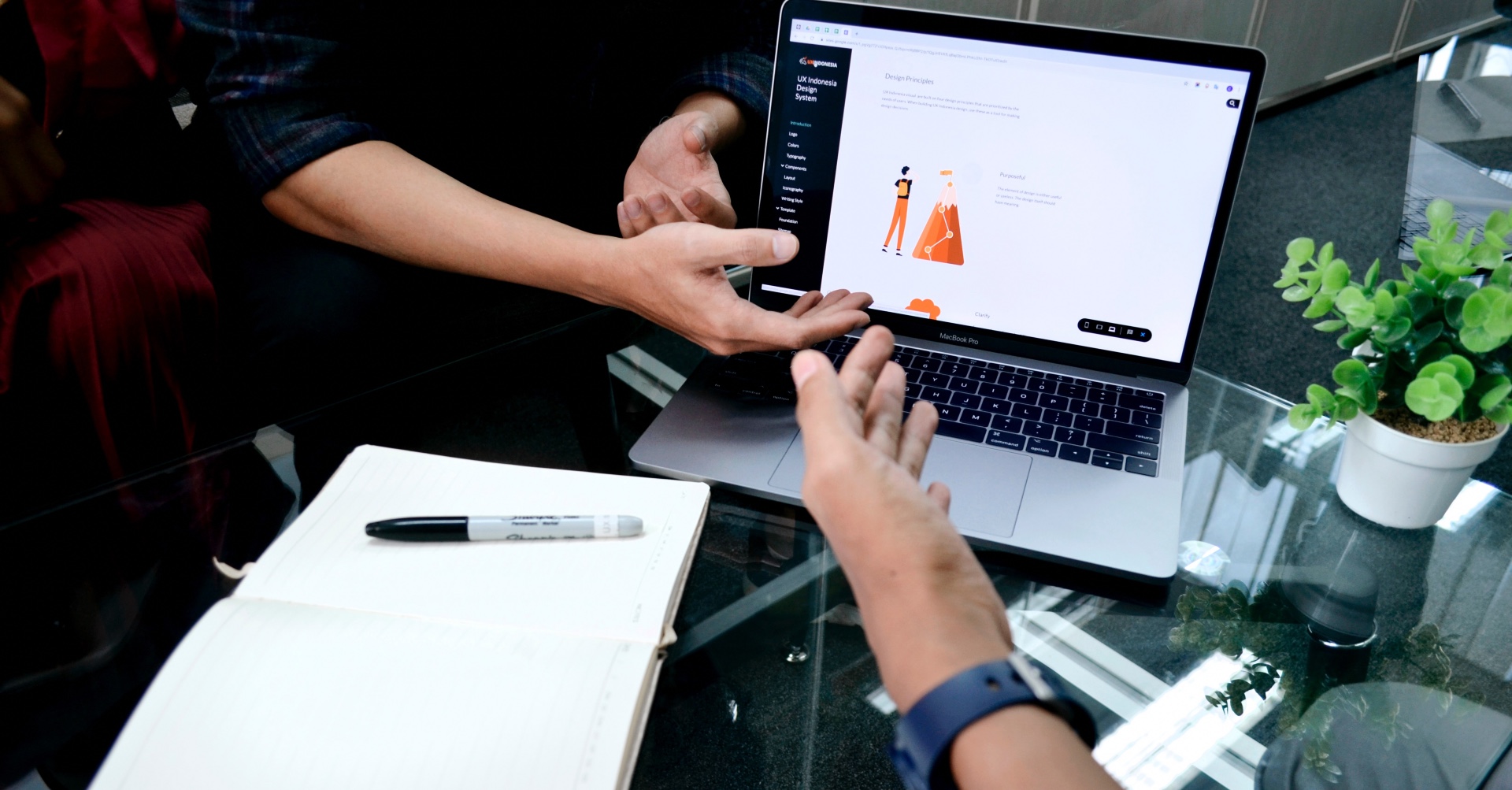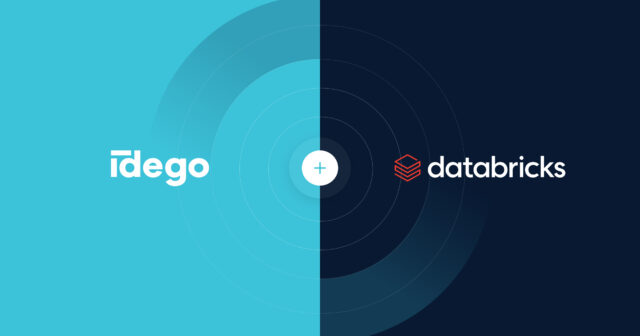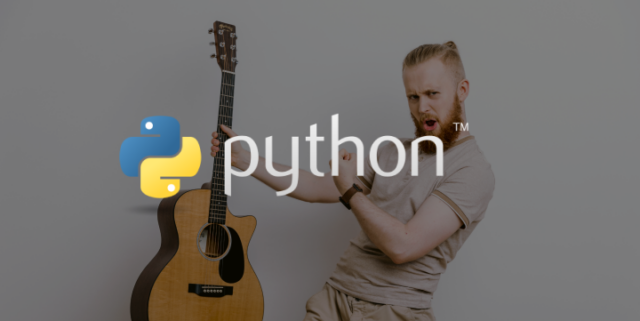
Designers and developers although speak different languages, both build one product. The way they collaborate in a project highly determines the final result and that’s why it’s crucial for an active communication between both sides to start from day 1.
Currently, there’s another challenge on the way to effective cooperation – remote work culture. Knowing how difficult it can be to understand each other’s perspective without being in the same room, we’ve prepared 5 ways remote designers and developers can collaborate better.
The importance of being on the same page
Truth is the best scenario is when we have a team consisting of those people who take care of the product design and those people who code it. It’s the most convenient situation as it creates the best conditions for achieving a consistent project. However, this is not so common these days. Very often, a project is done by a development team from one company and the design team from another.
Moreover, we’ve started large-scale remote cooperation, and this requires joining forces of various professions at a distance. So even if your company provides an end-to-end solution, meaning the product can be designed and built in the same company – the team had to switch to remote work, which is more difficult. At this moment, the most important thing is to keep everyone on the same page.
What can go wrong when designers and developers work separately?
- Inefficient allocation of time and resources
- Longer project delivery – possible delays
- Lack of consistency throughout the product
- Lower quality of a product in general
Each of the points is a potential risk of having an unsatisfied client and waste of the resources on both sides. However, there are ways in which this can be avoided.
Introduce the team at the very beginning of the project
Let the people see and get to know each other. It’s the first step to make them feel like a team. When they feel like a team they can work as a team as well. It’s much easier to establish open communication when people know to whom they write or talk. Staying anonymous throughout the process makes the whole collaboration impersonal.
One hub for the exchange of information
Remote communication can be a lot easier when you choose the proper tools early on. For meetings, it’s best to rely on Google Hangouts or Zoom. However, when it comes to tools to facilitate daily communication within the team, check out InVision, Redmine, Axure, or Figma.
Each one is great and provides a shared environment for the exchange of information. The tools allow designers to build mockups or prototypes of the product while using the same channel to share useful information with the development team. Meaning, the tools meet the expectations of both designers and developers. It’s best to agree on one of the communicators at the beginning of the project so that everyone knows how to use it and feels comfortable with the choice.
Take care about clear and transparent processes
Next after choosing the right communication channel, the team should work out the process of product development. Meaning, agree on the stages the product will go through in order to meet the client’s expectations. Also, both sides should be prepared for a situation when the scope of the project inevitably grows and evolves. Having an experienced team, shouldn’t be a problem but it’s good to have a plan B if plan A suddenly changes.
Here it’s good to define factors that will make the workflow going:
- Accountability – who’s responsible for what part in the project
- Clear team structures – everyone knows to whom should turn to in case of having a problem
- Project deadlines – all deadlines along the way of product development
- Clear priorities – all people are aware of the aim of the project
- Feedback – how do we want to receive it within the team
Enhance communication between two sides
The communication between remote designers and developers should be based on asking questions that are crucial for the project. A good approach is when designers at least try to think like developers and the other way round.
Questions designers can ask developers that are good for the collaboration:
Is it problematic? How long does it take to build it this way?
How will this element affect the speed of loading and the site’s responsiveness?
Is it possible to make this element look like this on a mobile version?
Can we introduce changes to the project after a certain stage is considered done?
Do we have any concerns related to security requirements?
Answers developers should provide during the project:
This feature can be done better – in a way that is more efficient
We spend half of the project time implementing this feature that way
The costs of the project will increase having such elements
It will likely slow down the app processing
It’s a security issue and it’s because…
We need more information to decide about…
Always ask for an additional explanation if needed
Being unsure – always ask and double-check so your work is not wasted. Having a team of people specialized in completely different fields misunderstandings can happen and will probably happen. But it’s the collaboration between designers and developers made that we have access to so many great apps today!
Summing up
It’s not that difficult to collaborate remotely. In fact, it’s more than doable with the tools we have access to today. Adding the knowledge and general understanding of the challenges related to remote work, we can address the issues early on and work out the solution.
Following the 5 ways, you can greatly improve the collaboration between remote designers and developers. When both sides communicate with each other and at the same time understand the process, you can expect satisfying results.









 Piotr Drzymkowski • Dec 20
Piotr Drzymkowski • Dec 20

 Mateusz Górski • Dec 20
Mateusz Górski • Dec 20